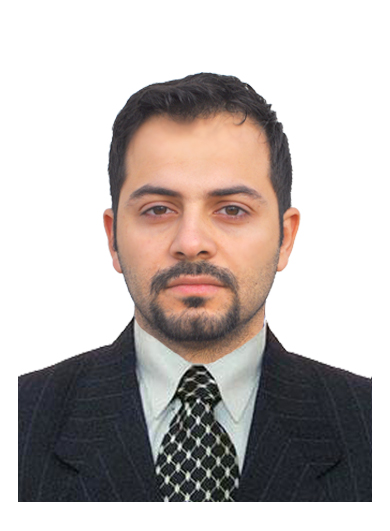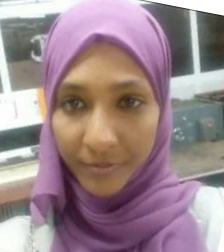Laboratory Exercises 2
VIMIAC15 | Electrical Engineering BSc | Semester: 6 | Credit: 5
Objectives, learning outcomes and obtained knowledge
The primary aim of this subject is to further enhance the professional skillset of the students and to provide intense technical experience on the field of electrical analyses, measurements. The subject is based on and strongly relies on the Laboratory Exercises 1 subject.
The students are to carry out advanced measurement tasks in the following steps:
Each measurement occasion is finished by the proper documentation of the results and the experience gained, in the form of a written measurement report.
Lecturers

Ivor Dülk
assistant professor
Course coordinator

Sharba Mohammad
PhD student

Zahraa Tagelsir
PhD student
Synopsis
Measurement 1: Building and testing simple electrical circuits
The students build simple electrical circuits from standalone components and verify the circuit's operation and main parameters.
Students get acquainted with a basic PCB design software and meet with the first steps of PCB design, such as schematics, simulation, routing and generation of production files.
Analysis of the mutual effect of electronic devices on each other, transient behavior. Different modes of electrical coupling and their approximation.
Measurement 4: Linear and switch mode power supplies
Voltage (power) converter topologies, linear regulators and high frequency switching power regulators. Analysis of circuit operation and unique effects, measurement of parameters (load rejection, ripple, etc.).
Analysis of simple transistor based amplifier configurations, characterization, evaluation of their performance and parameters.
Analysis of simple, operational amplifiers based amplifier circuits (inverting, non-inverting, symmetric instrumentational). Evaluation of their parameters and performance.
Measurement 7: Analog to Digital and Digital to Analog Converters
Analysis of A/D and D/A converters, basic evaluation, measurement of static and dynamic errors, special features.
Measurement 8: System identification and control
Model fitting and development on a real dynamic system, system identification, controller design based on state estimation and feedback.
Basic operation of an analog PLL circuit, building blocks and their characterization, typical applications.
Radio frequency spectral analyses, FSK modulation and demodulation, measurement on an experimental FSK system.
Measurement 11: Logic controllers (PLC)
Computer based control of a simple physical system using a PLC. Design and implementation of the experimental system, evaluation of control performance.
 BME-MIT
BME-MIT